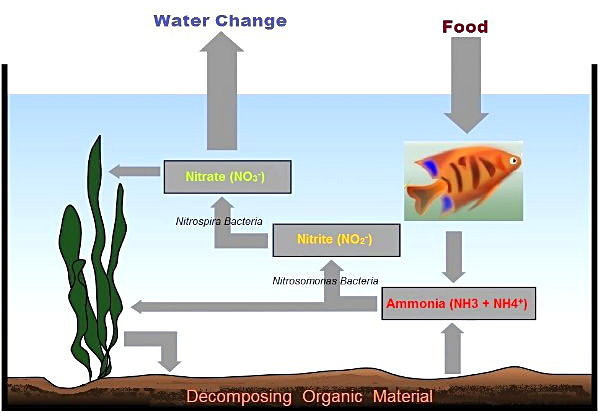cayla_123
New Member
Hi! I am new and excited to have found this place!
So I recently set up a 20 gal long tank that has been cycling for almost 6 weeks... I have been testing the water daily and it looks like things are reaching an acceptable level now. Maybe even enough to be done? I am hoping to add fish by today or at least by the end of this week. My concern is that the nitrate seems a little abnormally high... or is it? Would love the opinion of a more experienced fish keeper. And just for some background, I am planning on doing a little community tank with a betta and 7 tetras! (Also any tips on this would be super helpful its my first tank) I have attached a photo below of today's test. I think ammonia and nitrite are fine. It's just that darn nitrate! Also I just did a water change yesterday! If it is too high what can I do to lower it at this point? Thanks so much.

So I recently set up a 20 gal long tank that has been cycling for almost 6 weeks... I have been testing the water daily and it looks like things are reaching an acceptable level now. Maybe even enough to be done? I am hoping to add fish by today or at least by the end of this week. My concern is that the nitrate seems a little abnormally high... or is it? Would love the opinion of a more experienced fish keeper. And just for some background, I am planning on doing a little community tank with a betta and 7 tetras! (Also any tips on this would be super helpful its my first tank) I have attached a photo below of today's test. I think ammonia and nitrite are fine. It's just that darn nitrate! Also I just did a water change yesterday! If it is too high what can I do to lower it at this point? Thanks so much.



